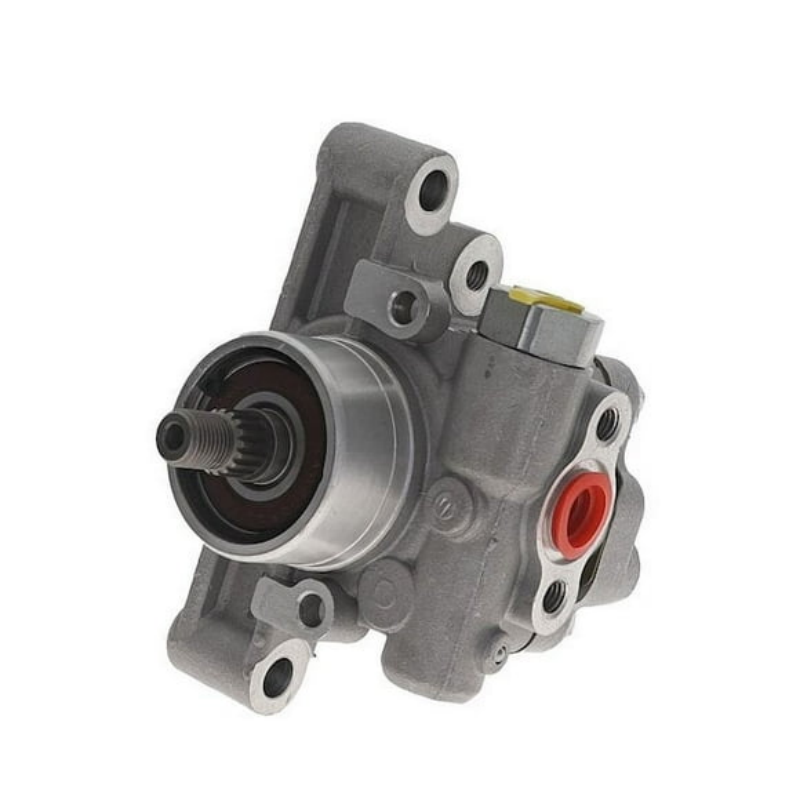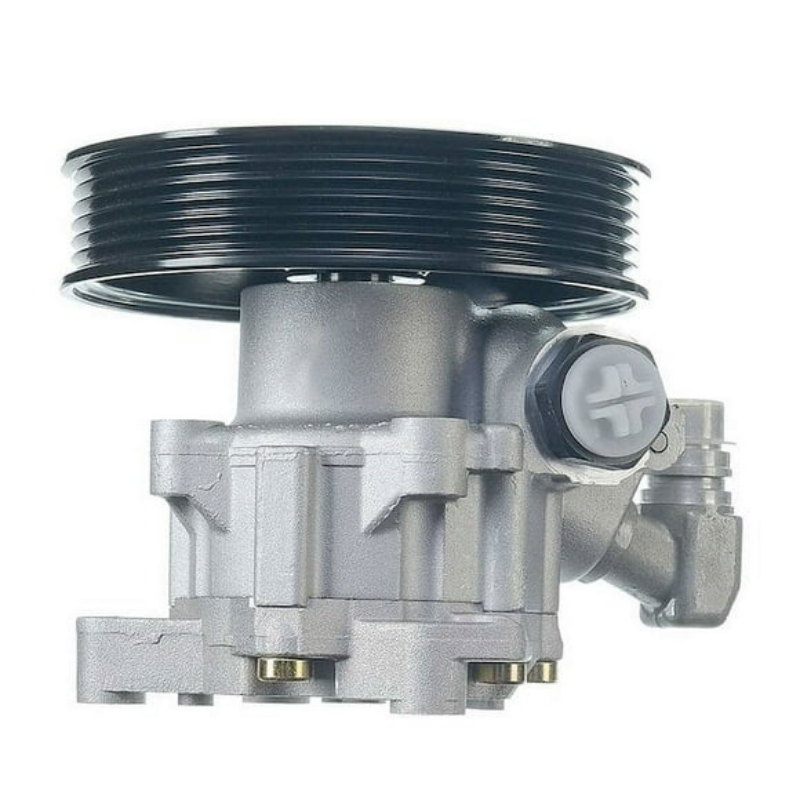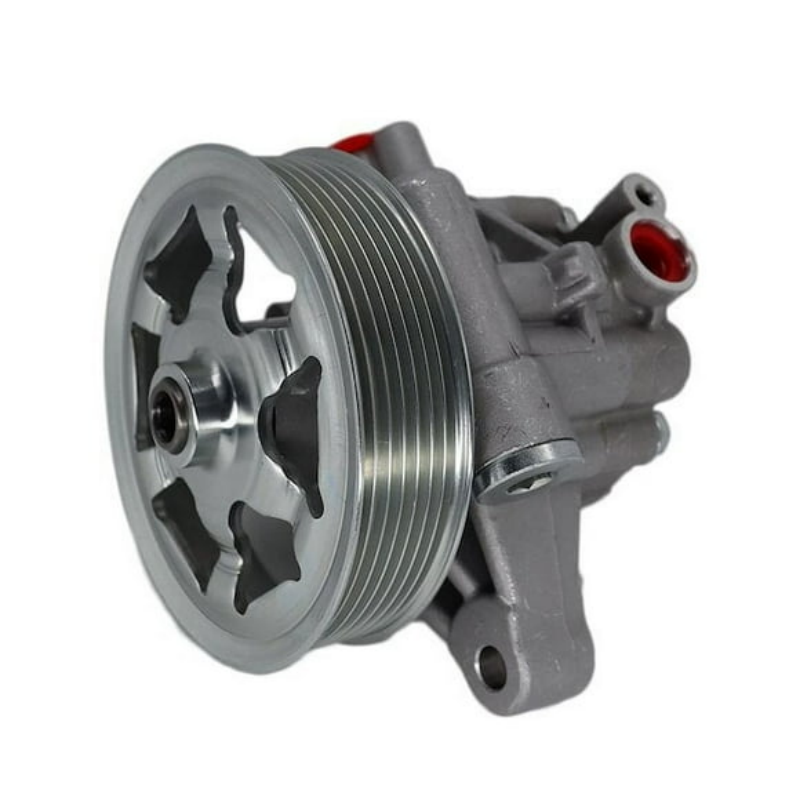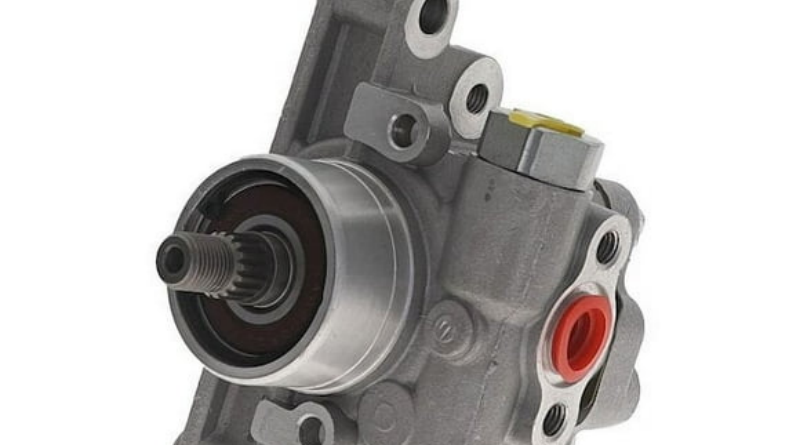Understanding Power Steering Fix Cost: A Comprehensive Guide
Power steering is a critical component of modern vehicles, ensuring ease of steering and enhancing overall driving comfort. When power steering systems malfunction, it can put a damper on your driving experience and even pose safety risks. As a vehicle owner, understanding the potential power steering fix costs associated with repairs is essential for budgeting and making informed decisions. The cost to fix power steering problems can vary widely based on factors such as the type of issue, the make and model of your vehicle, labor rates, and the choice of replacement parts. In this comprehensive guide, we will explore the intricacies of power steering systems, common problems that can arise, estimated repair costs, and maintenance tips to help you avoid costly fixes in the future. By the end, you will be well-informed and ready to tackle any power steering issues with confidence.
Understanding Power Steering Systems
Before we delve into power steering fix costs, it’s essential to understand how these systems operate and what factors contribute to their failure.
1. Types of Power Steering Systems
There are primarily two types of power steering systems used in modern vehicles: hydraulic power steering (HPS) and electric power steering (EPS). Each system has its own components and working mechanisms.
Hydraulic Power Steering (HPS)
Hydraulic power steering systems utilize hydraulic fluid to assist with steering. The power steering pump pressurizes the fluid, which aids in turning the steering wheel. These systems are commonly found in older vehicles and larger trucks due to their ability to provide more significant assistance.
Electric Power Steering (EPS)
Electric power steering systems use an electric motor to assist with steering. They offer more straightforward designs and better fuel efficiency, as they only operate when needed. EPS systems have become more prevalent in newer vehicles due to their advantages over hydraulic systems.
2. Common Components of Power Steering
Power steering systems consist of several key components, including:
- Power Steering Pump: This pump creates hydraulic pressure in HPS systems.
- Steering Rack and Pinion: Converts the rotational motion of the steering wheel into linear motion, helping turn the wheels.
- Steering Column: Connects the steering wheel to the steering mechanism and often houses electronic components in EPS systems.
- Fluid Reservoir: For hydraulic systems, this reservoir holds the power steering fluid that circulates through the system.
3. How Power Steering Systems Work
In hydraulic systems, the power steering pump draws fluid from the reservoir and pressurizes it. When the driver turns the steering wheel, the fluid directs pressure to assist in maneuvering the steering mechanism. In electric systems, sensors detect steering input, and the electric motor engages to assist, providing a smoother steering experience.
Common Power Steering Problems and Their Diagnosis
Understanding common power steering issues can help you identify problems early and potentially save on repair costs. Here are some typical problems faced by vehicle owners:
1. Low Power Steering Fluid
A drop in power steering fluid levels can lead to difficulty turning the steering wheel and unusual noises, such as whining or groaning.
Diagnosis
- Check the power steering fluid levels by inspecting the reservoir. If levels are low, refill as necessary.
- Look for leaks around hoses or connections that may allow fluid to escape.
2. Power Steering Pump Failure
When the power steering pump fails, steering assistance diminishes, resulting in heavy steering and increased effort when turning the wheel.
Diagnosis
- Unusual noises from the pump, such as grinding or whining, signal potential failure.
- Visually inspect belts and pulley systems for wear and damage.
3. Steering Rack Issues
Problems with the steering rack can lead to compromised steering performance, including looseness or a lack of responsiveness.
Diagnosis
- Pay attention to steering play or excessive vibrations when turning the wheel.
- Have a technician check for damaged bushings or worn gears.
4. Electric Power Steering Failures
With electric systems, electronic components or wiring issues can lead to steering problems. This situation may present as an intermittent loss of power steering assistance.
Diagnosis
- Look for dashboard warning lights related to power steering.
- Inspect for loose or damaged wiring connections.
Costs Associated with Power Steering Repairs
When considering how much power steering repairs will cost, it’s essential to identify the various components involved. The prices can vary widely based on the specific problem, your location, and the shop you choose for repairs.
1. Estimated Costs for Common Repairs
Fluid Leaks
For minor fluid leaks, expect to pay 50to150 for repairs, which often involve replacing hoses or seals.
Power Steering Pump Replacement
Replacing a power steering pump typically costs between 200and500, factoring in the price of the pump plus labor costs.
Steering Rack Replacement
Replacing the steering rack can be more expensive, with costs ranging from 500to1,500, depending on the vehicle and labor rates.
Electric Power Steering Repairs
Repairs related to electric power steering can vary significantly but generally range from 250to800, depending on the scope of work required.
2. Factors Influencing Costs
Several factors can influence the overall cost of power steering repairs:
- Make and Model of Vehicle: Luxury vehicles or specialized models may have higher parts prices and labor rates.
- Location: Labor rates vary by region; urban areas may charge higher than rural locations.
- Parts Quality: Opting for OEM (Original Equipment Manufacturer) parts typically increases costs compared to aftermarket parts, but quality may also reflect durability.
DIY Solutions for Power Steering Issues
If you’re comfortable with basic car maintenance, some minor power steering issues can be addressed without professional help. Here are some DIY approaches for troubleshooting:
1. Refill Power Steering Fluid
For minor fluid leaks, regularly checking and refilling power steering fluid can temporarily alleviate problems.
Steps to Refill
- Locate the power steering fluid reservoir under your hood.
- Check the fluid level against the markings on the reservoir.
- Add the manufacturer-recommended fluid until reaching the appropriate level.
2. Inspect and Replace Hoses
If fluid leaks are evident, you can often visually inspect hoses for signs of wear or damage.
Replacement Steps
- Allow the system to cool before beginning.
- Use basic tools to disconnect and replace damaged hoses or connections.
3. Change the Power Steering Fluid
Over time, power steering fluid can become contaminated or degraded. Regularly changing the fluid can prevent build-up and maintain system efficiency.
Steps for Fluid Change
- Ensure you have the correct fluid type.
- Replace old fluid by draining the reservoir and refilling it with fresh fluid.
Professional Solutions for Power Steering Problems
For issues beyond merely topping off fluids, seeking professional solutions is the best approach. Here’s what you should know about choosing a service and what to expect:
1. Finding a Trusted Mechanic
Research local mechanics to find a reputable shop with experience in power steering repairs. Look for reviews or ask for recommendations to ensure quality service.
2. Understanding the Diagnostic Process
When you take your vehicle to a mechanic, they will likely run diagnostics to identify the problem accurately. This process can include:
- Visual Inspections: Checking for leaks, worn belts, or damaged components.
- Fluid Tests: Evaluating the quality and level of power steering fluids.
3. Discussing Repair Options
After diagnosis, the mechanic will discuss the necessary repairs with you, as well as the associated costs. This conversation is critical for understanding the scope of work required and ensuring you are comfortable with the proposed services.
4. Expecting Parts Replacement
Depending on the issues identified, you might need to replace various components, such as the power steering pump, hoses, or the entire steering rack. Always inquire about warranties on parts and labor.
Preventing Future Power Steering Issues
Taking proactive measures can help you avoid future problems with your power steering system. Here are some important tips for prevention:
1. Consistent Fluid Checks
Regularly check the power steering fluid level and condition. Address any issues immediately to prevent further complications.
2. Scheduled Maintenance
Follow the manufacturer’s recommendations for regular maintenance. This includes oil changes and inspections that can identify potential issues early on.
3. Drive Responsibly
Avoid aggressive driving or abrupt movements that may put unnecessary stress on the steering system. Gentle handling can prolong the life of your power steering components.
4. Seek Professional Inspections
Have your vehicle checked by a professional periodically, especially if you notice any unusual noises or handling in the steering. Catching issues early can save you money and hassle later on.
Conclusion
In summary, understanding the intricacies of power steering systems and knowing how to address issues like when power steering repairs become necessary is vital for vehicle owners. Knowing how much it costs to fix power steering problems, recognizing common issues, and implementing both DIY and professional check-ups can ensure the longevity and reliability of your vehicle.
Regular maintenance routines combined with responsible driving practices can prevent significant problems from arising while enhancing the performance of your power steering system. As you embrace your driving experiences, prioritize safety and comfort through proactive upkeep of your vehicle’s power steering components, ensuring you navigate the roads with confidence.
By equipping yourself with knowledge regarding battery health and the overall performance of your vehicle, you are empowered to make informed decisions about your automobile maintenance, leading to better driving experiences.
